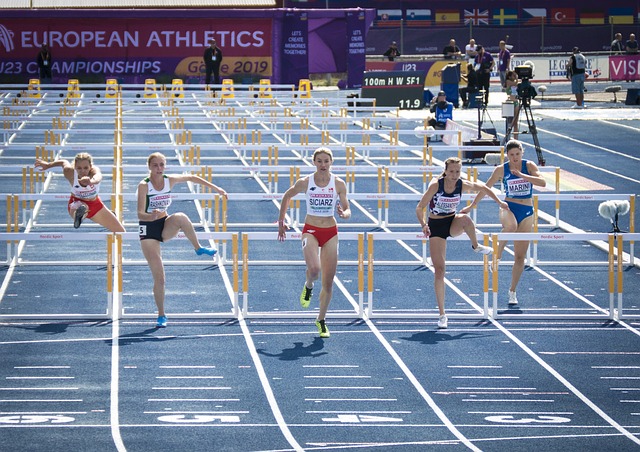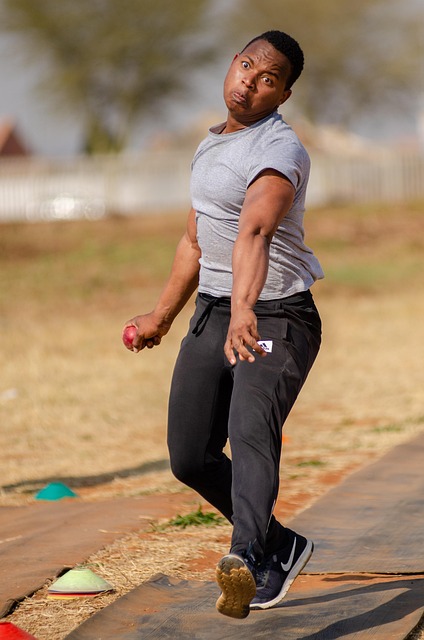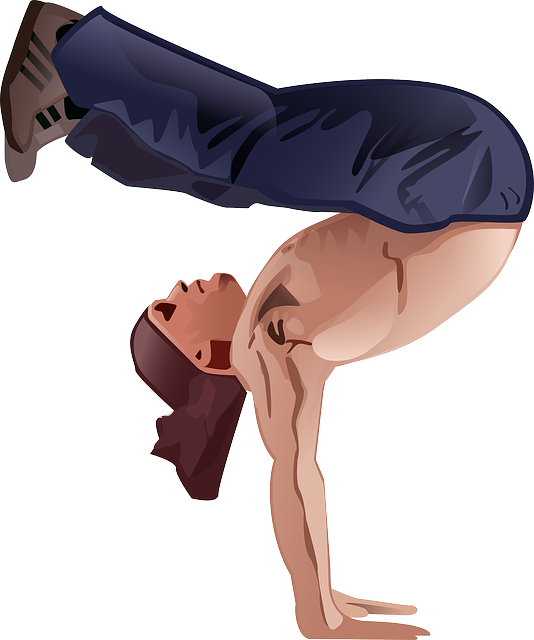Sports-related fatigue impairs performance and increases injury risk. Sports regenerative treatments, including massage, compression, and advanced therapies like PRP and stem cells, combat fatigue by boosting energy, improving circulation, and accelerating recovery. A personalized recovery plan integrating these treatments, proper nutrition, and rest optimizes athletic performance and reduces injury chances. This holistic approach goes beyond traditional methods to enhance overall well-being and push athletes' boundaries safely.
In today’s competitive athletic landscape, optimizing performance goes beyond intense training. Sports-related fatigue, a relentless adversary, can hinder athletes’ prowess and well-being. Enter regenerative recovery plans, a game-changer in sports medicine. This article delves into the science behind sports-related fatigue and its impact, exploring the transformative power of regenerative treatments. We’ll guide you through the key components of effective plans, revealing restorative practices that benefit athletes, offering a step-by-step approach to implementing these strategies for peak performance and swift recovery.
- Understanding Sports-Related Fatigue and Its Impact
- The Role of Regenerative Treatments in Athletic Recovery
- Key Components of an Effective Regenerative Recovery Plan
- Benefits of Incorporating Restorative Practices for Athletes
- Implementing Regenerative Strategies: A Step-by-Step Guide
Understanding Sports-Related Fatigue and Its Impact

Sports-related fatigue is a common issue faced by athletes and active individuals, often resulting from intense training sessions, physical demands, and mental strain. It’s more than just feeling tired; it’s a complex physiological response that can significantly impact performance and overall well-being. When left unaddressed, chronic fatigue can lead to decreased strength, endurance, and agility, ultimately hindering an athlete’s ability to reach their full potential.
The impact of fatigue extends beyond the physical realm. It can influence mental focus, decision-making skills, and even increase the risk of injuries. Intense training without proper recovery can leave athletes vulnerable, leading to overtraining syndrome. Sports regenerative treatments, such as targeted therapeutic massage, compression therapy, and specialized exercise routines, offer a holistic approach to combating fatigue. These methods aim to restore energy levels, enhance blood circulation, and accelerate the body’s natural healing processes, ensuring athletes are ready for their next challenging performance.
The Role of Regenerative Treatments in Athletic Recovery

Regenerative treatments have emerged as powerful tools in the realm of athletic recovery, offering a holistic approach to optimizing performance and reducing injury risks. These cutting-edge therapies go beyond traditional methods by focusing on the body’s natural healing processes. By stimulating tissue repair and promoting cellular regeneration, sports regenerative treatments aim to restore athletes’ physical well-being quickly and effectively.
One of the key benefits is their ability to reduce inflammation, a common obstacle in post-workout recovery. Through various techniques like platelet-rich plasma (PRP) therapy or stem cell therapies, these treatments can accelerate muscle repair, tendon healing, and joint rejuvenation. As a result, athletes can expect shorter recovery periods, improved performance, and a lower chance of re-injury, making them invaluable assets in the pursuit of peak athletic performance.
Key Components of an Effective Regenerative Recovery Plan

An effective regenerative recovery plan for athletes and active individuals should incorporate several key components, tailored to optimize performance and promote faster healing after intense workouts or injuries. Firstly, personalized assessment is vital; understanding individual needs, goals, and specific areas of focus ensures targeted interventions. This often involves a combination of advanced diagnostics, such as movement analysis and biomechanical assessments, alongside discussions with the athlete about their unique challenges and aspirations.
Once assessed, sports regenerative treatments like platelet-rich plasma (PRP) therapy, stem cell therapy, and myofascial release can be integrated into the recovery plan. These treatments stimulate the body’s natural healing mechanisms, promoting tissue repair and reducing inflammation. Additionally, proper nutrition plays a pivotal role; customized dietary plans focusing on anti-inflammatory foods, adequate hydration, and timely meal timing support optimal recovery. Rest and sleep are also essential components, as they allow the body to regenerate and rebuild.
Benefits of Incorporating Restorative Practices for Athletes

Incorporating restorative practices into an athlete’s routine offers a plethora of benefits, revolutionizing their approach to performance optimization. Sports regenerative treatments go beyond traditional recovery methods, focusing on holistic healing and injury prevention. By integrating techniques such as massage therapy, compression, hydration, and specialized nutrition, athletes can significantly reduce muscle soreness and fatigue, enabling them to push boundaries without the risk of overuse injuries.
These practices facilitate faster post-workout recovery, ensuring athletes are ready for their next training session or competition. Moreover, restorative treatments enhance overall well-being by improving sleep quality, boosting immune function, and promoting mental resilience—all essential factors contributing to an athlete’s peak performance.
Implementing Regenerative Strategies: A Step-by-Step Guide

Implementing Regenerative Strategies: A Step-by-Step Guide
1. Assess Your Needs: Start by evaluating your athletic demands and recovery challenges. Identify areas of chronic soreness or injuries that need attention. This step is crucial as it determines which sports regenerative treatments will be most effective.
2. Choose the Right Treatments: Based on your assessment, select from a range of sports regenerative treatments like platelet-rich plasma (PRP), mesotherapy, or cellular therapy. PRP, for instance, involves injecting concentrated blood plates to stimulate tissue repair and reduce inflammation. Mesotherapy uses a cocktail of nutrients, vitamins, and minerals to enhance circulation and promote healing. Cellular therapy goes a step further by introducing stem cells to regenerate damaged tissues.
3. Consult Professionals: Engage the services of qualified healthcare professionals experienced in sports medicine and regenerative therapies. They can guide you through the process, ensuring safety and efficacy. A thorough consultation will involve discussing your medical history, understanding your goals, and setting realistic expectations.
4. Develop a Personalized Plan: Collaborate with your care team to create a tailored recovery plan that incorporates both active and passive strategies. Active strategies might include targeted exercises or stretching routines designed to strengthen muscles and improve mobility. Passive strategies could involve treatments like saunas or ice baths for relaxation and inflammation reduction.
5. Implement and Monitor: Follow your plan diligently, attending scheduled appointments for treatments and adhering to any post-treatment care instructions. Regularly assess your progress, making adjustments as needed. Remember, consistency is key to optimizing performance through regenerative recovery plans.
In conclusion, incorporating sports regenerative treatments and tailored recovery plans can significantly optimize athletic performance. By understanding fatigue, leveraging restorative practices, and implementing key components, athletes can enhance their overall well-being and achieve peak performance. A step-by-step guide ensures effective implementation, ultimately making regenerative recovery a game-changer in the world of sports.
